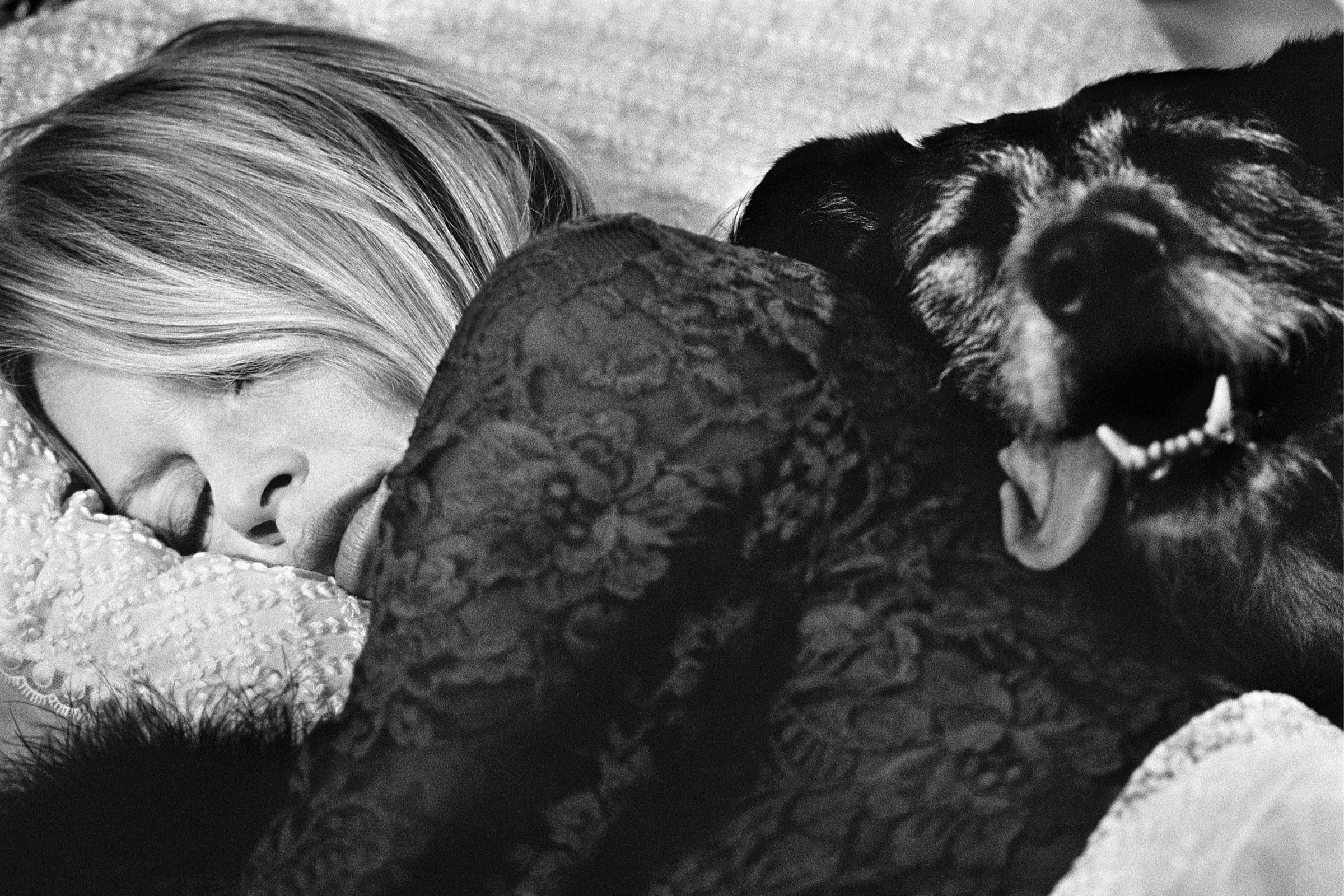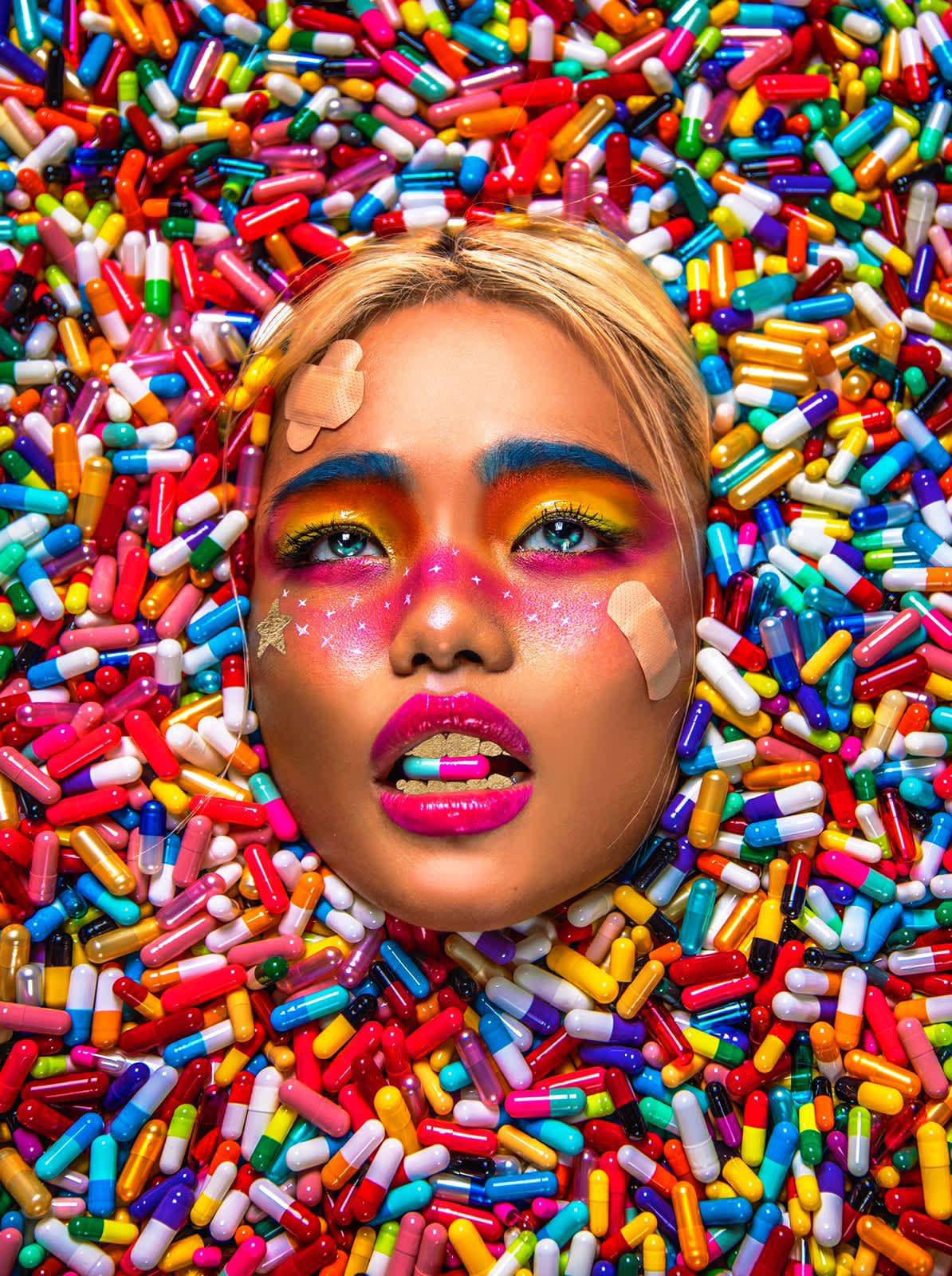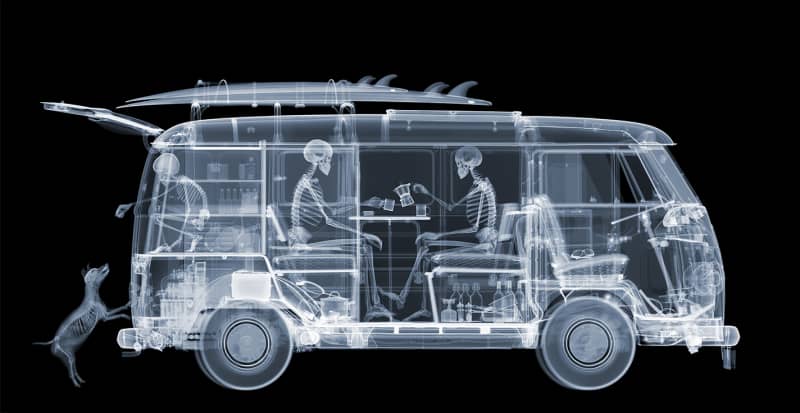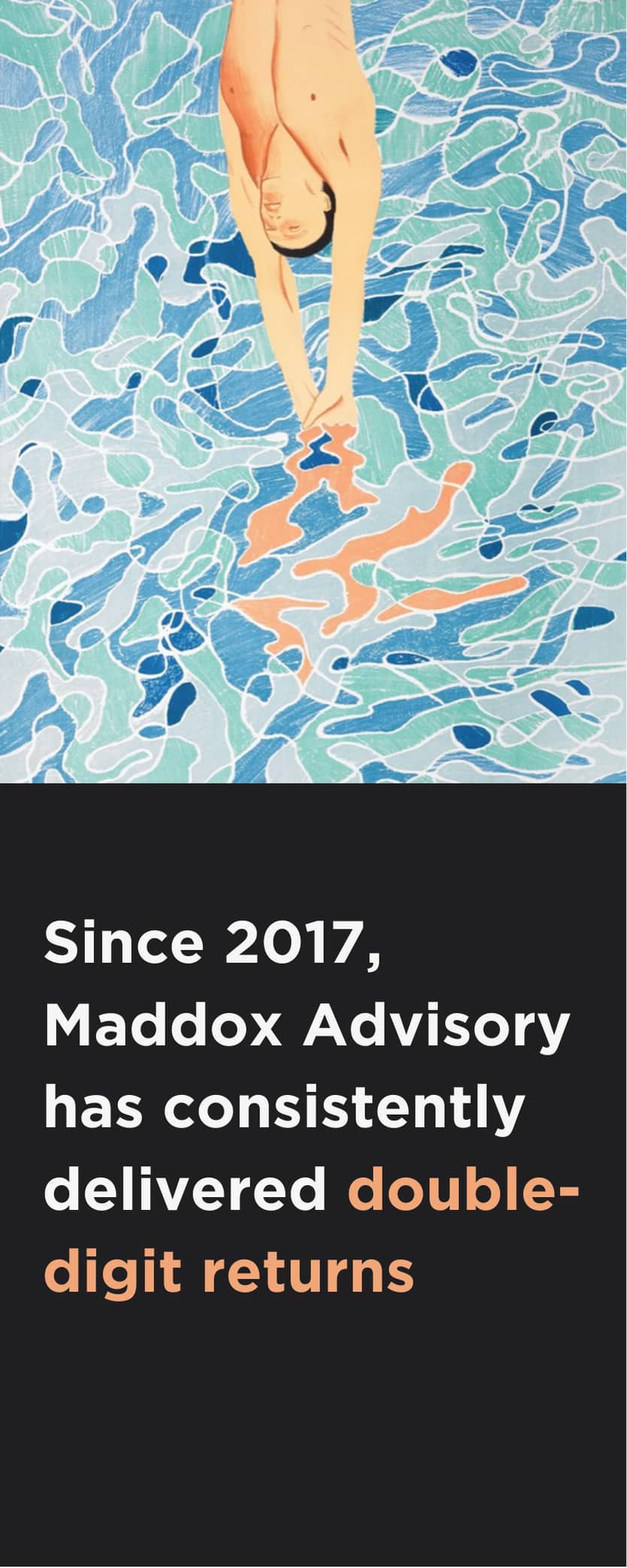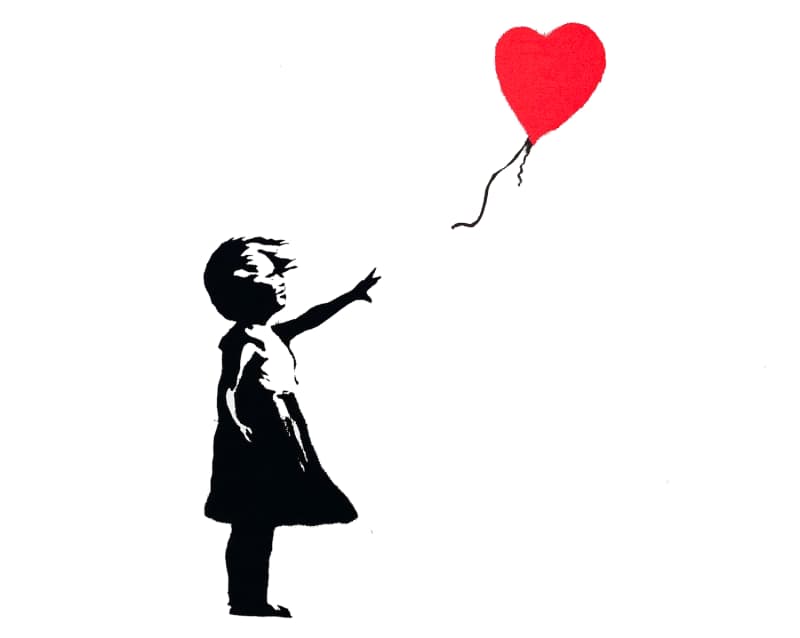We share everything you need to know about collecting photography.
Why should I consider photography as a collector?
If you’re looking to build an art collection, photography is a great place to start. The growing number of fairs and festivals dedicated to the medium such as Paris Photo, Unseen and Photo London has shown that modern and contemporary photography is becoming a highly sought-after category. Not only can photography appeal to a number of different tastes, it’s also generally more affordable than other art forms, such as painting.
Unlike paintings, photographs are produced in multiples, therefore it’s possible to buy works by established artists for a range of prices. For example, the German artist Andreas Gursky holds the record for most expensive photograph ever sold with his Rhein II (1999) bought at Christie’s in 2011 for $4,338,500 (then about £2.7m), but it’s also possible to buy editions by the same artist for around £3,000.
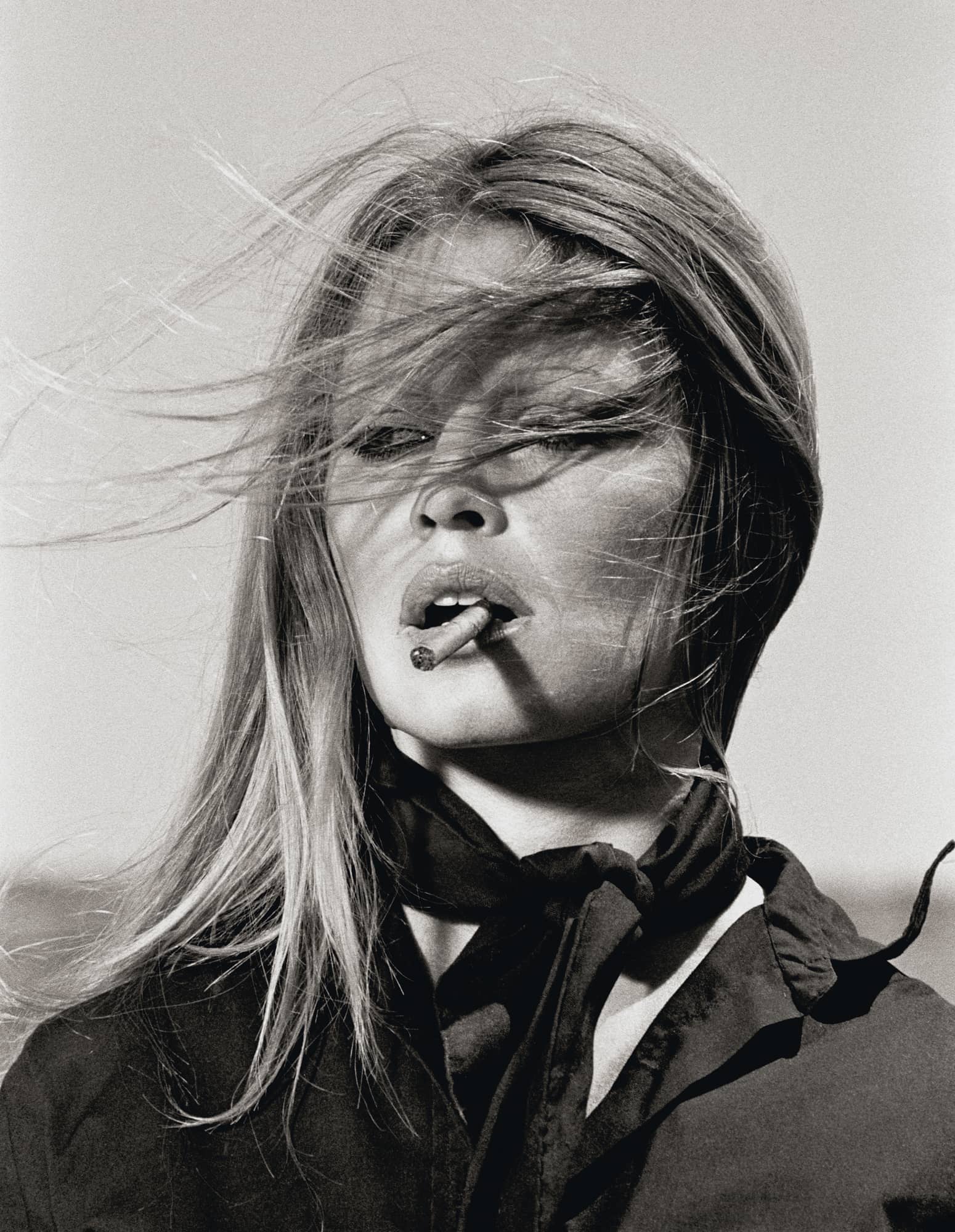
TERRY O'NEILL, BRIGITTE BARDOT, SPAIN, 1971
Do your research
It can be overwhelming to know where to start with photography. Although it is a relatively new medium, it has already developed into a diverse art form with a multi-faceted history. Going to fairs to get a general overview of the field, following your favourite photographers on Instagram, visiting exhibitions at galleries or looking through photo books to broaden your understanding of an artist’s oeuvre will help when it comes to deciding which works you want in your collection.
Who are photography’s most iconic names?
Another good way to start building a photography collection is to focus on leading proponents of the medium. Early pioneers include Alfred Stieglitz, who would be instrumental in bringing photography into the category of fine art, landscape photographer Ansel Adams and Henri Cartier-Bresson, who would establish the influential genre of street photography.
Some artists expanded photography within the context of major 20th-century artistic movements, for example, Surrealists Dora Maar and Man Ray were fascinated by the ways that photography could expose the strangeness of reality and experimented with a range of distortive techniques such as forced perspective and montage. David Hockney, too, experimented with photography, creating now-iconic photo collages.
Artists such as Robert Mapplethorpe in the US and Terry O’Neill in Britain were also catapulted to fame as they became chroniclers of pop culture and underground society, capturing key figures in fashion, film and music. Their work remains some of the most sought after today and continues to influence contemporary photography, such as the star-studded fashion photographs of Russell James.
Learn about techniques and materials
Photography deals with a lot of different types of processes, equipment and materials so it would be wise for aspiring collectors to familiarise themselves with a glossary of technical terms.
Knowing the difference between analogue and digital works or the various materials used to create a photograph such as silver gelatin print, C-print or polaroid print is important because these details provide vital insight into an artist’s process and can also affect price. For example, Nick Veasey works are C-print, meaning that he creates his negative slides through a complex chemical process. This is completely different to the printing procedure of David Yarrow, for instance, whose photographs are archival pigment prints. These different materials do not only affect price, but also dictate how they must be stored and displayed. 
NICK VEASEY, EXAMINATION OF EASY LISTENER, 2020
What do I need to know about editions?
An edition is a set number of prints made of a ‘master’ photograph that an artist or gallery has agreed to release. Collectors should consider the number of prints in an edition as this will determine price and whether a work’s value will increase. As a general rule, the fewer the number of prints in an edition, the more expensive it will be.
As well as scarcity, the time when an edition was created also affects its value. A first edition refers to prints that have been produced for sale for the first time. A vintage print is not necessarily an old print, but describes a print that was made shortly after the original negative and can be some of the most coveted pieces of a photographer’s oeuvre.
What else should I look out for?
It’s important to consider quality and condition before buying a photograph. If you’re looking to acquire a contemporary work, then make sure it is in pristine condition, free from any scratches or tears. To ensure a work’s value will not depreciate, collectors should also make sure to receive a certificate of authentication when acquiring a photograph, and that the work is signed or stamped by the artist.
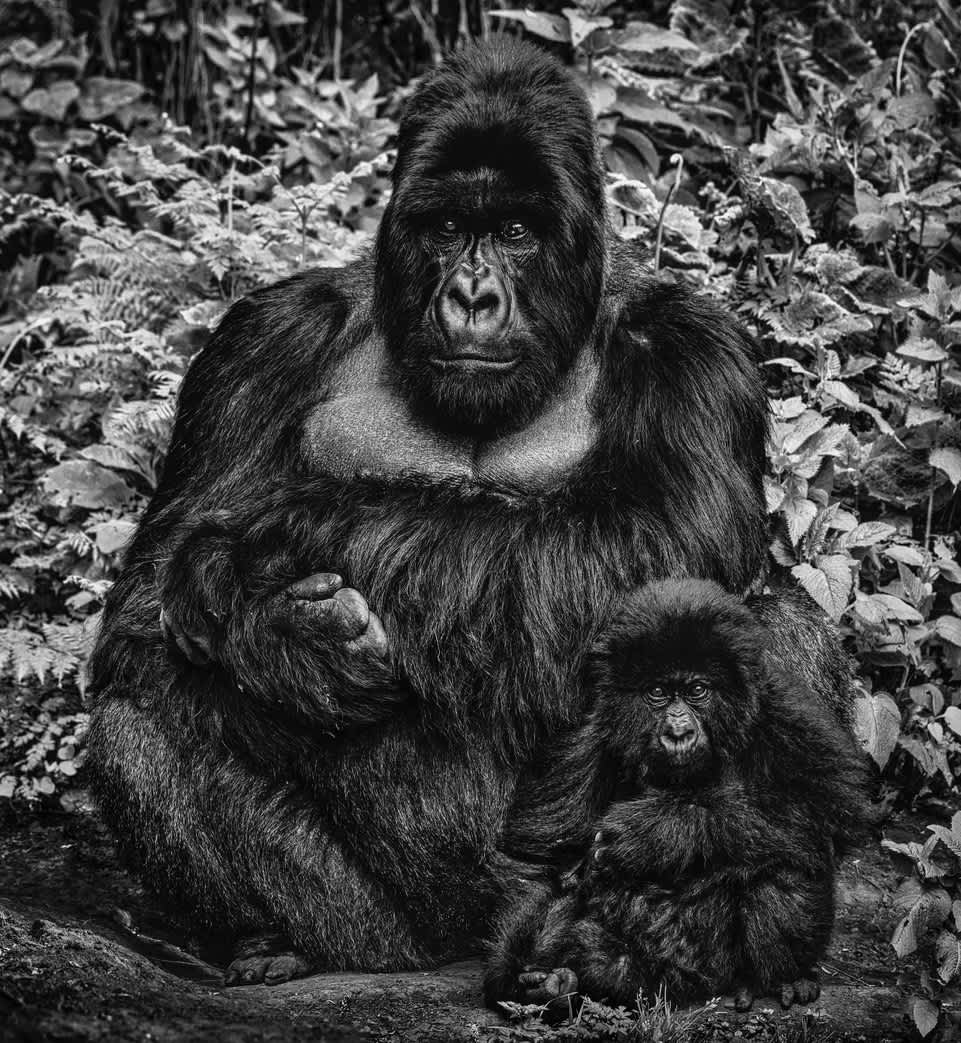
DAVID YARROW, LIKE FATHER LIKE SON, 2020
Top tips for caring for a photograph
Because of the chemical processes involved in creating a photograph, it’s important to carefully consider how you display your collection. Avoiding direct sunlight or humidity can prolong the life of a photograph and stop the image from fading over time. It’s also worth investing in proper frames with UV Plexiglas or museum-grade glass so you can enjoy a photograph in its full glory for many years to come.
